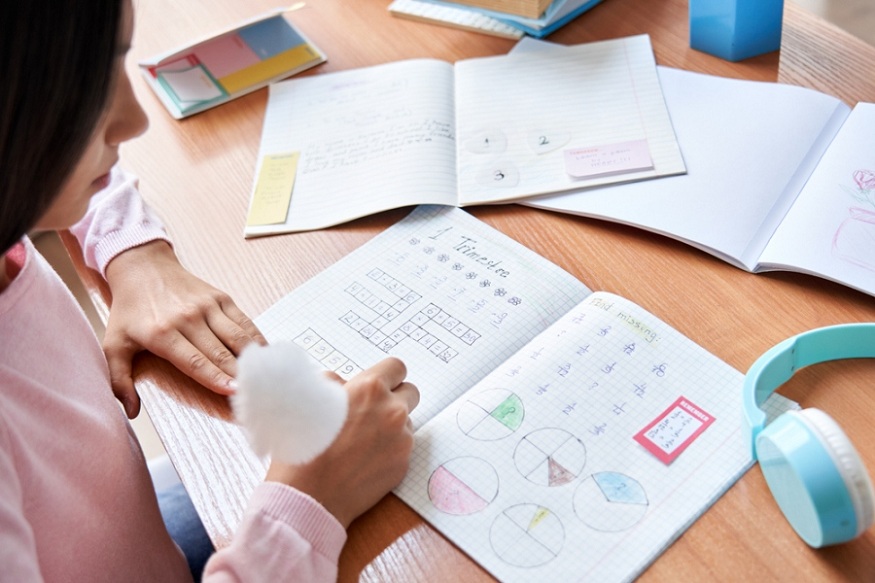
How to Organize Your Learning
In the era of digital learning, opportunities to learn on your own are multiplying. But learning is something you learn! We offer 10 practical tips for better managing your learning. We’re starting this week with the first four, which focus on organizing your learning. We’ll continue next week with six more, each covering a different self-learning technique.
1) Start with an assessment
Before getting started, take stock by answering a few essential questions:
What motivates you to engage in a self-learning process: taking on a new position, changing careers, obtaining a certification, advancing in your field, etc.? And what will happen if you don’t achieve your learning goals? This will test your motivation.
What skills do you already have in the field, what skills do you have only partially mastered, and what skills do you need to acquire? This will help you identify your learning priorities.
How do you like to learn: alone? with books? on the internet? with colleagues? in training? etc.
How much time will you be able to devote to your learning: less than one hour per week? between one and three hours per week? more than three hours per week?
What resources are available to you for learning: libraries? websites and blogs? colleagues? professional networks? trainers and experts?
By answering the last three questions, you will then be able to establish a learning strategy.
2) Set ambitious and realistic learning goals
Break your training program down into progressive stages. Avoid lengthy steps: less than a month is a good rule of thumb. Start with the basics, the fundamentals. Without the basics, it’s difficult to navigate the next steps in your training.
Tip: If you’re enrolled in a MOOC, be sure to complete the certification. If you’re learning on the job, ask your peers or your manager for feedback.
3) Plan your learning
Aim for regular training (at least once a week). Set aside at least one to two hours if you need to write, read, or research ideas. It takes a minimum amount of time to get started and achieve truly effective production time.
Be sure to also consider your learning space. It should be pleasant, with or without music depending on your tastes, but always conducive to your concentration.
Tip: Plan your learning activities based on your concentration skills and use any wasted time to learn. E.g., while you’re watching TV, why not check Twitter at the same time? While you’re in the car, why not listen to a podcast related to your learning objectives? While you’re exercising, why not think about the structure of the document you need to write at the same time? And of course, while you’re on public transport, why not read or write your notes?
4) Use a learning journal
A learning journal is a notebook, whether paper or digital, that allows you to collect all of your writing throughout your learning process. Like a logbook, it should be completed daily. Here are some of the sections you can include in your learning journal:
Summary of his skills assessment
Learning objectives and planning
Reading notes, course notes, internship notes, MOOC or E-Learning notes
Bibliography and links to reference articles
Report of interviews with referents, experts, resource persons, etc.
Report on experiments carried out during professional activity (feedback, incident analysis, report on particularly significant working days, etc.)
Summary notes, problem-solving, mind maps, etc.
Reflections on his learning journey
Self-assessment report
Etc.
The learning journal allows you to remember nothing. It structures your learning by tracking it. It’s very interesting to reread it from time to time to see your progress and the evolution of your thinking on the topics you’ve worked on.
Archives
Calendar
| M | T | W | T | F | S | S |
|---|---|---|---|---|---|---|
| 1 | 2 | 3 | 4 | 5 | 6 | |
| 7 | 8 | 9 | 10 | 11 | 12 | 13 |
| 14 | 15 | 16 | 17 | 18 | 19 | 20 |
| 21 | 22 | 23 | 24 | 25 | 26 | 27 |
| 28 | 29 | 30 | 31 | |||
Leave a Reply